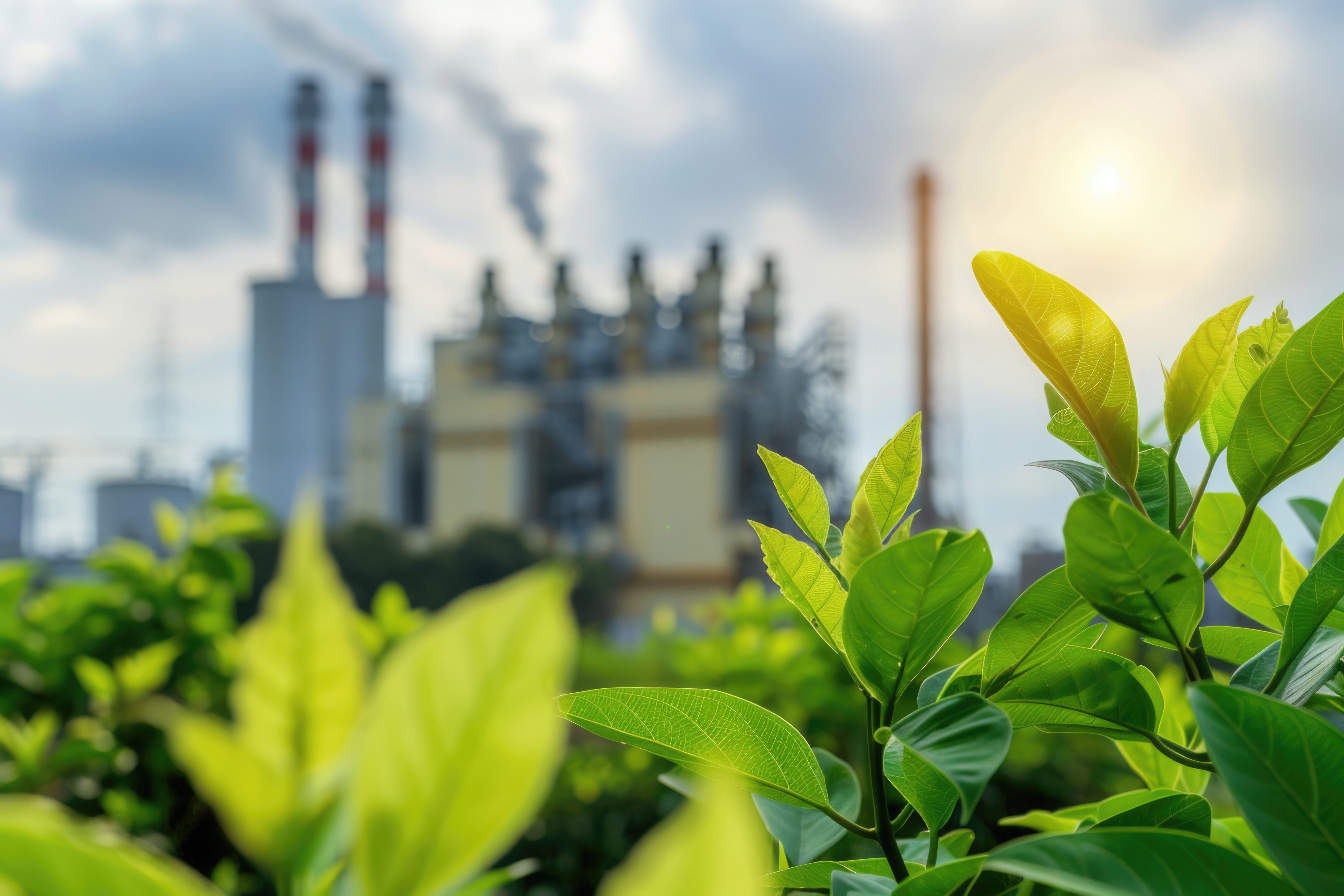The government sets ambient air quality standards to control air pollution on a national scale. The issue of air pollution has returned to the public surface because people are aware of the significant change in sky color. The impact is increasingly felt because there is an increase in the number of sufferers of respiratory tract infections (ARI).
That’s why, monitoring air quality standards is important to do. The hope is that this effort can be a way to tackle air pollution, the causes of which mostly come from industrial activities. Check out further discussion below!
Understanding Ambient Air Quality Standards
What is ambient air? Ambient air is free air found on the surface of the earth, specifically in the troposphere layer, and is needed by living creatures and can affect the quality of their health.
The ambient air quality standard itself is a limit for the levels of substances, energy and/or components that exist or should exist and/or pollutant elements whose presence is tolerated in ambient air.
Under normal conditions, the quality standard for ambient air is a composition of 20% oxygen, then 78% nitrogen, then 0.93% argon, and 0.03% carbon dioxide. The composition will differ in each country.
This quality standard is set by the government as the maximum limit for ambient air quality on a national scale that is permissible for all regions of Indonesia. Determination of quality standards aims to prevent air pollution as an effort to control national air pollution.
Air pollution can arise from various sources, both natural sources and sources originating from human activities. Physical disturbances such as heat, noise pollution, radiation and light pollution will be considered air pollution.
Then, indoor air pollution has the same negative impact on human health as air pollution in open spaces. That’s why knowing what the ambient air conditions are in the environment where you do activities is very important.
So, you can take countermeasures as a solution to overcome poor air quality due to air pollution.
Types of Ambient Air Quality Standards
The attachment to Government Regulation No. 41 of 1999 regulates thirteen parameters in the form of compounds that are regulated in air quality standards in Indonesia on a national scale. The following are the parameters in question:
- SO2 or Sulfur Dioxide
- CO or Carbon Monoxide
- NO2 or Nitrogen Dioxide
- O3 at Oksida
- HC or Hydrocarbon
- PM10 and PM2.5 or Particles
- TSP or Dust
- Pb or Black Lead
- Dust Falls
- Total Fluorides
- Fluorine Index
- Chlorine andChlorine Dioxide
- Sulphate Index
These parameters are set to quality standards by looking at the measurement time ranging from 1 hour, 24 hours, to 1 year, with different levels of quality standards. The analytical methods and equipment used to analyze them are not the same, so it is necessary to pay attention to adjusting the provisions.
Criteria for Determining Locations for Ambient Air Monitoring
When you want to know what the air quality standards are in an area, experts from the regional environmental agency need to obtain ambient air samples first.
Air samples cannot be taken from just anywhere because the risk of inaccurate samples is greater. Therefore, the following criteria need to be used as a reference:
- Sampling is carried out in areas with high levels of pollution or large carbon emissions
- Sampling must be carried out in densely populated areas for identification air quality monitoring maximum
- Ambient air sampling can be carried out around the research area for specific study purposes
- Air sampling can be carried out in the projection area with the aim of knowing the impact of air pollution in the future in that environment
- Sampling can be obtained from special locations that can represent the entire research area
Considerations for Taking Ambient Air Quality Standards
Apart from meeting the criteria for determining a monitoring location, the following things should also be taken into consideration when taking test samples:
- Avoid places that can change concentration due to adsorption or absorption, for example around buildings or trees
- Avoid areas where there is a risk of chemical interference with the pollutant you want to measure, for example areas with motor vehicle emissions
- Avoid places where there is a risk of physical disturbances appearing when measuring dust, for example areas near high voltage power lines and incinerators
- Placing testing equipment in areas with low buildings and far apart
- Consider locations with changing conditions in the future, if monitoring is ongoing
- Then, there are also things that must be considered regarding the placement of ambient air sampling equipment, namely:
- Place equipment to take air samples in a safe area
- Place an air test sampler on the roof of a building if monitoring in an area with medium to high population density
- Place the equipment on the roof of the building in a clean condition and not contaminated by gas emissions from the kitchen, incinerators or other similar sources
Sucofindo Ambient Air Quality Monitoring
Maintaining ambient air levels in normal conditions is a shared responsibility, especially for company owners with industries that produce air waste.
There is Government Regulation No. 41 of 1999 which regulates the obligation of every industry or company to be responsible for managing air waste originating from its production process.
Not only companies with waste air, but every company is also responsible for maintaining ambient air quality standards in their company area. Because, if the quality standard level exceeds the limit then the air in the company is declared polluted and poses a risk to the employees there.
Therefore, you must create a healthy work environment for company employees. The way to do this is to work together withSucofindo as the company that provides it sample testing, analysis and ambient air quality monitoring services. By contacting We, you can then use the data to decide on effective and efficient improvements.







